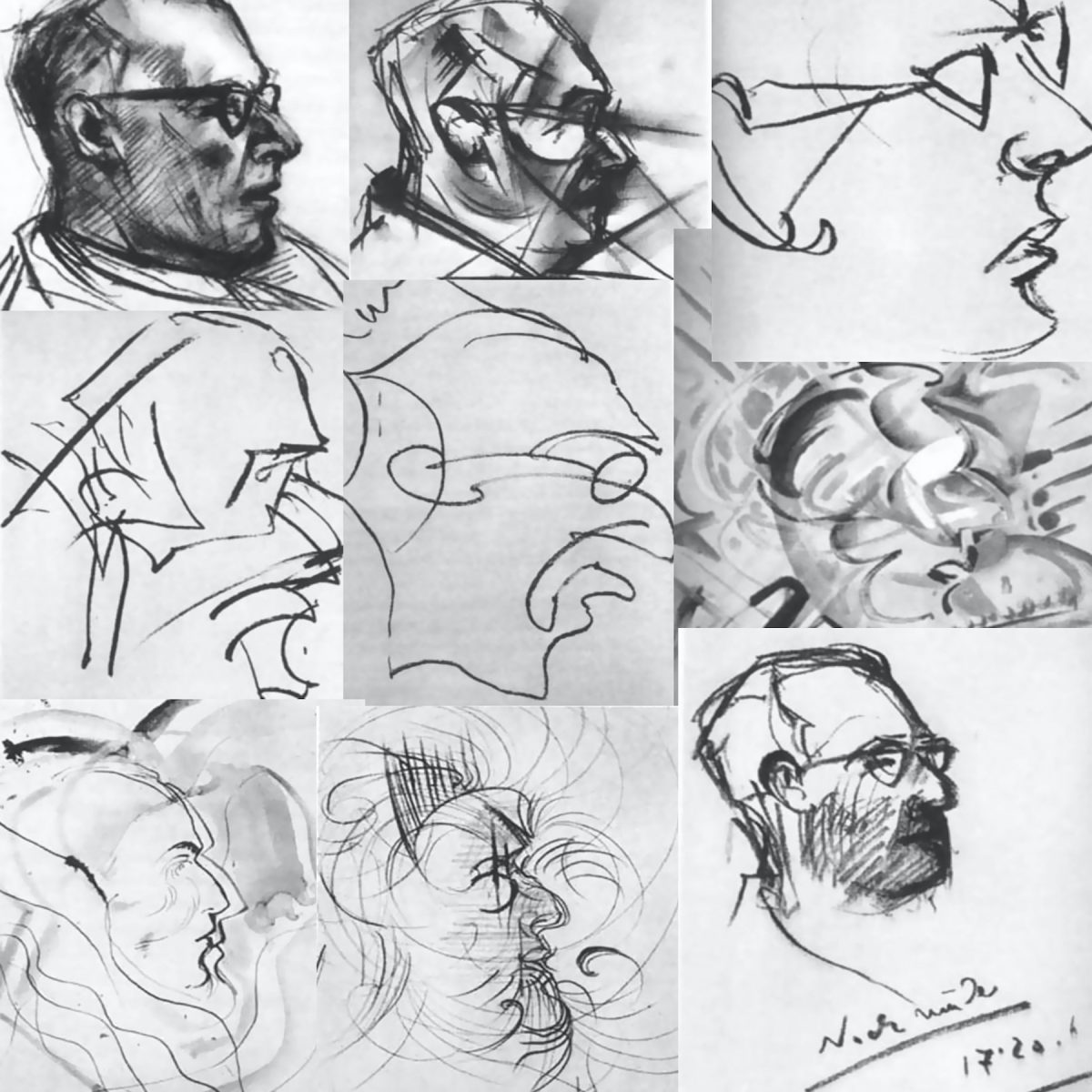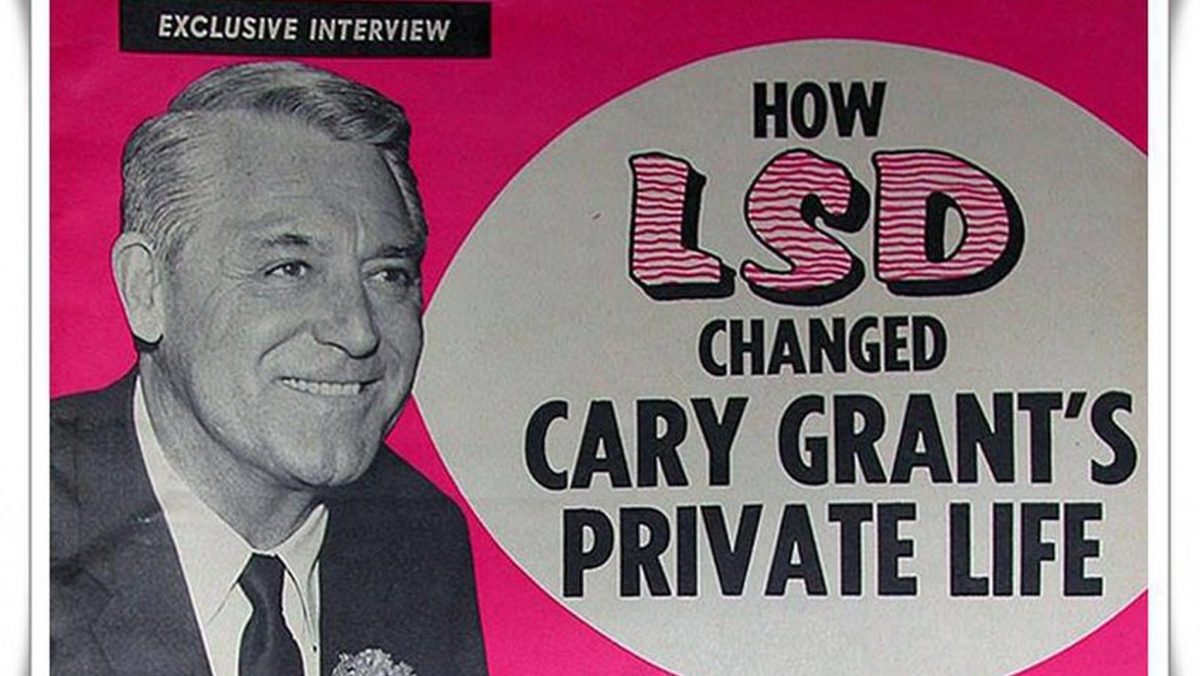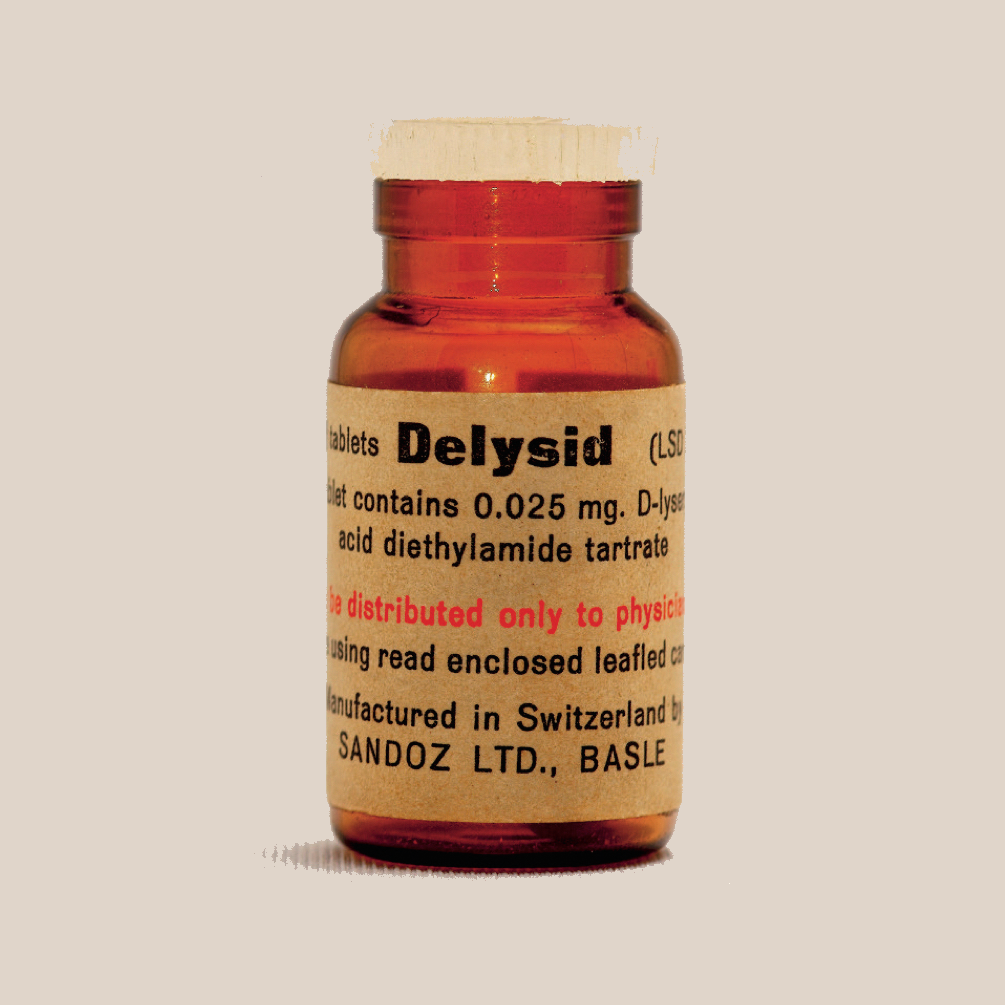“I had a strange feeling that it would be worthwhile to carry out more profound studies. After trying the drug himself, first by mistake and then intentionally, I became aware of the wonder of creation, the magnificence of nature.”
– Albert Hoffman

In the decade after Albert Hofmann (11 January 1906 – 29 April 2008) discovered the hallucinogenic properties of lysergic acid diethylamide (LSD) in 1943 (although he’d first synthesised LSD in 1938), the Central Intelligence Agency (CIA) devised a programme called MK-Ultra to see if if the drug would enable it to control people’s minds. As NPR reports, Ken Kesey, the author of One Flew Over the Cuckoo’s Nest, got his first dose of LSD in an experiment by MK-ULTRA. So did Robert Hunter, the lyricist for the Grateful Dead.
Carry On Tripping
LSD was sold as a medication for research purposes under the trade-name Delysid in the 1950s and 1960s. Some people thought it helped them. “During my LSD sessions, I would learn a great deal,” the hymned Hollywood actor Cary Grant (January 18, 1904 – November 29, 1986) remarked of his session with Dr Mortimer Hartman at the Psychiatric Institute of Beverly Hills. He went on:
And the result was a rebirth. I finally got where I wanted to go
…
You know we are all unconsciously holding our anus. In one LSD dream, I shit all over the rug and shit all over the floor. Another time I imagined myself as a giant penis launching off from Earth like a spaceship… I seemed to be in a world of healthy, chubby little babies’ legs and diapers, smeared blood, a sort of general menstrual activity taking place.”
Grant called Good Housekeeping magazine and advised: “I want to tell the world about this. It has changed my life. Everyone’s got to take it.” The magazine hailed Grant for “courageously permitting himself to be one of the subjects of a psychiatric experiment with a drug that eventually may become an important tool in psychotherapy.”

In January 1968, another famous actor, Leonard Nimoy, famous for playing Star Trek’s Spock, was interviewed by Star Parade magazine. Talk turned to psychoactive drugs. In ‘Leonard Nimoy Speaks Out on LSD, Religion and Dirty Movies – an unblushingly honest confession as told to Roger Elwood’, we read:
And so is the topic of LSD. The self-hallucinatory drug. The ticket to a trip somewhere at the farthest reaches of man’s intellect. Or so its proponents say without telling you of the dangers, the obstacles on the road to mental Utopia.
Leonard is especially outspoken on the subject, apparently one to which he has devoted a great deal of time and serious thought.
“It is a useful tool in the hands of proper medical experts,” he told me. “I am convinced, as a result of reports that I have read, that it will bring about some very useful effects in certain instances and under suitable and necessary medical controls. However, as it is being used by so many young people as a means of escape and personal investigation without control, I consider it rather dangerous.”
At the time, Nimoy was struggling with his alcoholism. But his point about control was touched upon by Hoffman in the book of 1979, LSD, My Problem Child:
Time and again I hear or read that LSD was discovered by accident. This is only partly true. LSD came into being within a systematic research program, and the “accident” did not occur until much later: when LSD was already five years old, I happened to experience its unforeseeable effects in my own body – or rather, in my own mind
LSD possession was made illegal in 1966. And then in 1971, with the CIA and other shiny-suited spooks apparently uncertain of its nefarious uses, the United Nations banned it.
The 9 Drawings LSD Experiment
So let’s go back to when it was legal and experimental. In the 1950s, artists took part in controlled tests overseen by Oscar Janiger (February 8, 1918 – August 14, 2001), a University of California-Irvine psychiatrist.
The writer and diarist Anaïs Nin (February 21, 1903 – January 14, 1977) visited Janiger’s home. She wrote about the experience in 1955:
I watched a shoreline of gold waves breaking into solid gold powder and becoming gold foam, and gold hair, shimmering and trembling with gold delights. I felt I could capture the secret of life because the secret of life was metamorphosis and transmutation, but it happened too quickly and was beyond word. Comic spirit of Anaïs mocks words and herself. Ah, I cannot capture the secret of life with WORDS.
Nin wrote. Others illustrated their experience through drawing. Andrew Sewell (1971 – 2013), a Yale Psychiatry professor, has more about the image you can see below: “I believe the pictures are from an experiment conducted by the psychiatrist Oscar Janiger starting in 1954 and continuing for seven years, during which time he gave LSD to over 100 professional artists and measured its effects on their artistic output and creative ability. Over 250 drawings and paintings were produced.”
Given two 50-microgram doses of LSD (each hit separated by around an hour), the artist whose work features here, and whose name was unrecorded, was invited to draw pictures of the doctor who administered the drugs. Over eight hours, the artist drew these nine portraits.

Would you like to support Flashbak?
Please consider making a donation to our site. We don't want to rely on ads to bring you the best of visual culture. You can also support us by signing up to our Mailing List. And you can also follow us on Facebook, Instagram and Twitter. For great art and culture delivered to your door, visit our shop.


